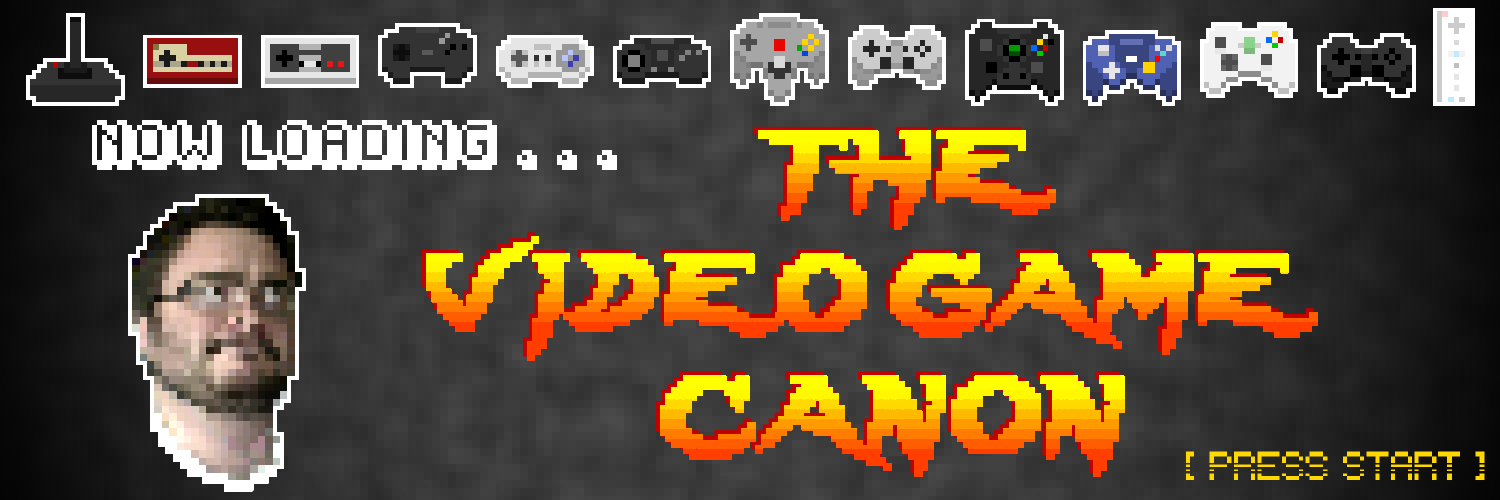
The following is part of Now Loading, a series that renders verdicts on whether or not your favorite video games deserve a place in the canon of works that have contributed to video-game storytelling in landmark ways. Read the series’ full mission statement here.
Pong is special for many reasons. It was one of the first video games, but that just scratches the surface. Most games of its era had simple, inoffensive stories that served as little more than an excuse for the action on the screen. But Pong was a different kind of game.
Although frequently overlooked by its countless players, Pong was initially created as an allegorical thinkpiece about the banality of modern society, with its entertainment value taking a backseat. The game was very entertaining, but many missed the deeper overtones that inspired the creation of Pong in the first place.
Let’s think about what, precisely, lies at the heart of Pong, and why Pong so truly deserves as much storytelling-related praise as it can receive.

Story and Characters: Together, Yet Never Fulfilled
As with many high-concept games that encourage metaphorical exploration over straightforward storytelling, Pong’s story is presented to the player in an oblique fashion.
This world consists only of three beings:
- Left Paddle
- Right Paddle
- Ball
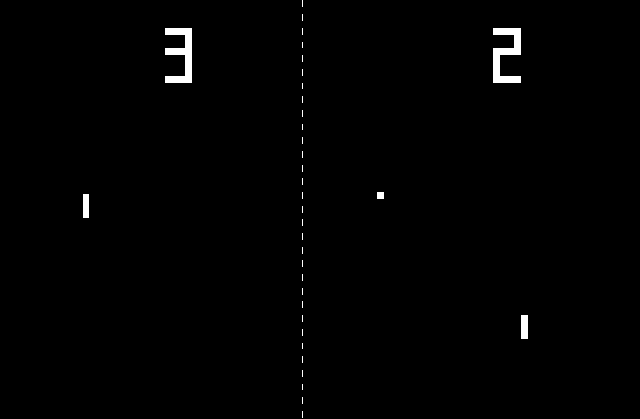
The relationship between Left Paddle and Right Paddle is a strange one; although they are literally alike, they are positioned on opposite sides of the screen. Between them lives Ball, who hurries back and forth from one side to another, colliding with the paddles and then returning to the other side.
The developers intentionally left the identity of Ball vague. Ball could be a third-wheel in a romantic relationship, a virus moving between computers, or a media news byte endlessly bounced between mindless ideologues. Of the three characters, Ball is certainly the most active, yet it is the only character the player cannot actively control. Left Paddle and Right Paddle exist for the players to enter the game world of Pong, and yet this is all in service of shuttling Ball to and fro. The Left Paddle and Right Paddle are simply means to an end, where that end is Ball—or rather, the transport of Ball.
The interactions between these three are strange. Ball is fundamental to Pong (indeed, without Ball the game would be unplayable) and yet both paddles are trying to eject Ball from the game world. Of course, each would like the other paddle to be responsible for Ball’s departure. It is in this absurd back-and-forth that we find the social satire at the core of Pong. The world of Pong needs Ball to exist, and Left Paddle and Right Paddle are fundamentally identical creatures struggling to acknowledge their lack of individual identity. Identity is formed by the creation of an adversarial game—the endless ferrying of Ball, the desire for Ball to be gone and for the world to be rendered unto oblivion—and yet neither wants to be held responsible for removing Ball.
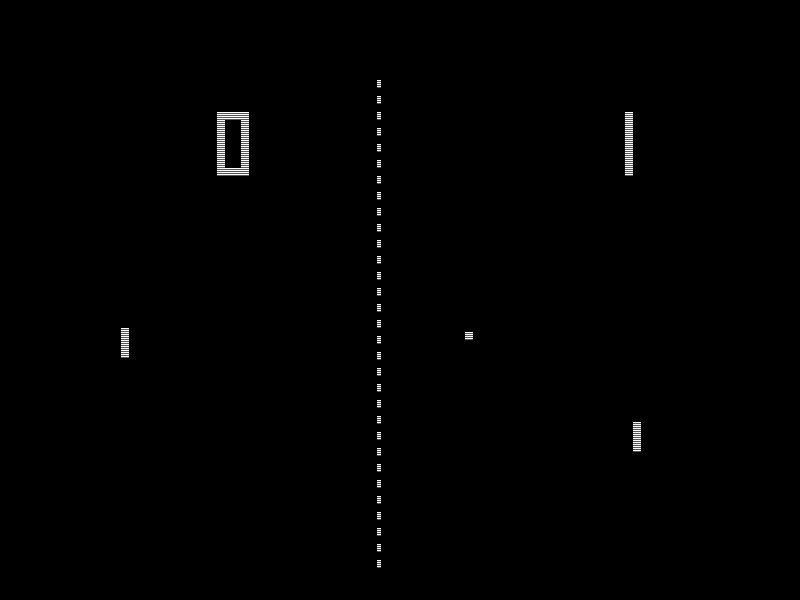
The “score counter” above the playfield confirms the developers’ intentions in programming a satirical simulacrum of life in the 20th century. The player is presented with a game not unlike tennis, and is told to “win.” Thus, the player mindlessly helps their chosen paddle to “win the game.” And yet, in so doing, the needs of Left Paddle and Right Paddle go unaddressed. Neither is able to affirm a unique identity, and Ball will return, no matter how desperately the paddles wish for Ball to be gone. The net ostensibly serves a challenge, requiring Left Paddle and Right Paddle to focus and plan. Like everything else in this world, this is meaningless: no matter how Ball approaches the net, Ball passes through undeterred.
What many viewed at the time of its release as a simple arcade game does, in fact, ask for the player’s complicity in indulging the worst character traits of its iconic, playable duo, Left Paddle and Right Paddle. Tragically, even though Left Paddle and Right Paddle share so much, they are eternally unable to commune with each other, and can only interact through Ball, a deeply dissatisfactory substitute for actual paddle-to-paddle conversation.
Gameplay, Music, and Visuals: The Briefest Glimmers of Joy
The unassuming nature of Pong does its best to trick the player into thinking that Pong is a simple, fun game with little in the way of deeper meaning. Let us not be fooled: the sparse beeps and visually depopulated game world are necessary for the game’s deeper meaning, ironically enough.
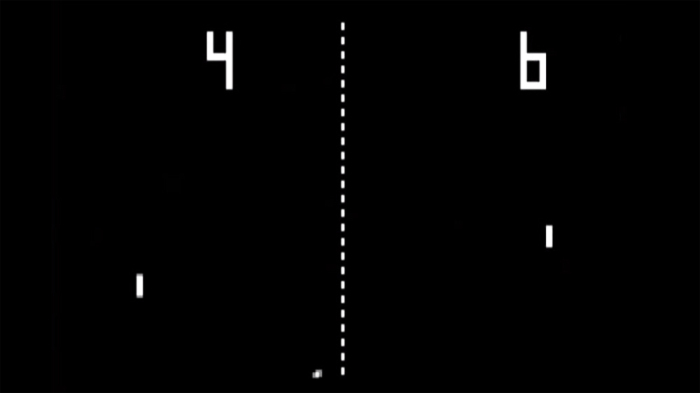
Deprived of any kind of difference or excitement, Left Paddle and Right Paddle have only their brief interactions with Ball to break up the tedium. Having sound play only when Ball meets one of the paddles (or collides with a wall) is an excellent way of indicating just how exciting it is for Left Paddle and Right Paddle to each interact with Ball.
To whatever extent we might try to infer the experience of Ball, Ball often wants to leave the world, colliding with the outer edges of the world often. We hear a “beep” during these times, indicating that perhaps the desire to escape is the only emotion that Ball can attain in this world.
Impact on Video Gaming and Society: True Player Immersion
The reader may be wondering why we have chosen to canonize Pong, rather than any of its endless remakes, such as Pong: The Next Level for the PlayStation 1.

I believe that Pong’s world is simply at its most powerful when there is the minimum possible number of figures involved; that number is, of course, three. Although modern graphical enhancements do help to populate the world of Pong and help us better relate it to our own world, it muddles its allegories in ways that fundamentally reduce the game’s storytelling potential.
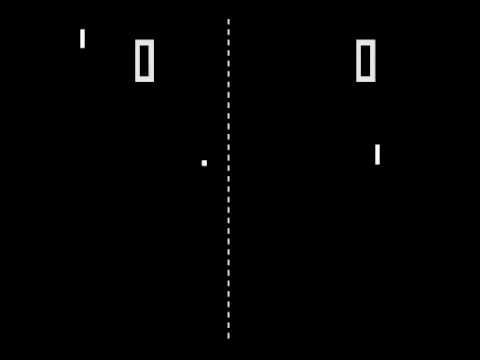
As one of the first video games of any kind, Pong can certainly claim to have quite a legacy for that reason alone. But, more specifically, Pong directly birthed a lineage of thoughtful games like Dear Esther and Journey, where the player has to truly think about the work in order to enjoy the experience. It would take many years after Pong for games to directly engage with melancholic aspects of day-to-day life, and few do it with the elegance and panache of Pong.
BONUS LEVEL: The Agony of Being
When one of the paddles fails to reflect Ball, Ball vanishes, then reappears, with a change in the score counter. That split second when Ball is gone is the moment in time where Left Paddle and Right Paddle have to actually confront each other face-to-face and voice their mutual feelings of frustration and despair. There is no Ball to preoccupy them.

Each paddle has worked so hard to make Ball leave, but the instant Left Paddle and Right Paddle are forced into this emotionally intimate space, both of them will Ball back into existence.
This is why a harsh, deep beep rings out when Ball is lost, and Ball immediately returns to the game world. Left Paddle and Right Paddle don’t want Ball, but they don’t want to face a world without Ball. This set of contradictory impulses, indicative of the woes and idiosyncrasies of modern media, is so absurd that it is quite literally a game.
VERDICT: The Root of All Video-Game Stories
It should go without saying that Pong brings so much to the table, despite actually displaying so little on-screen. When other, lesser video-game narrative tropes have come and gone, the only ones that won’t fade will be the simplest stories and the best stories. Pong will live on forever.
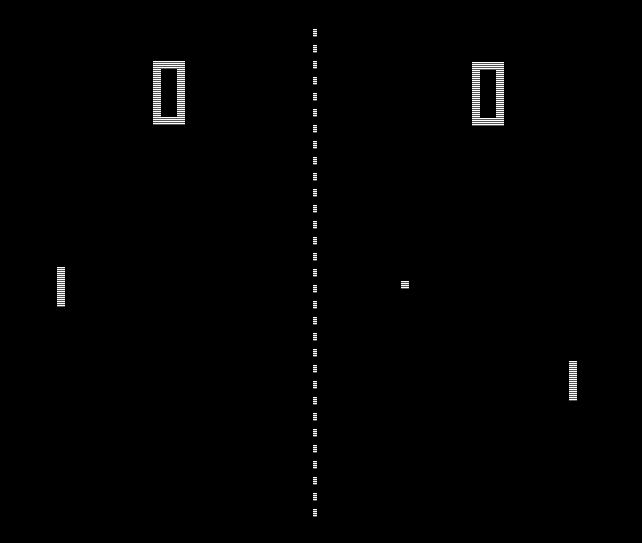
Welcome to the storytelling canon, Pong.



